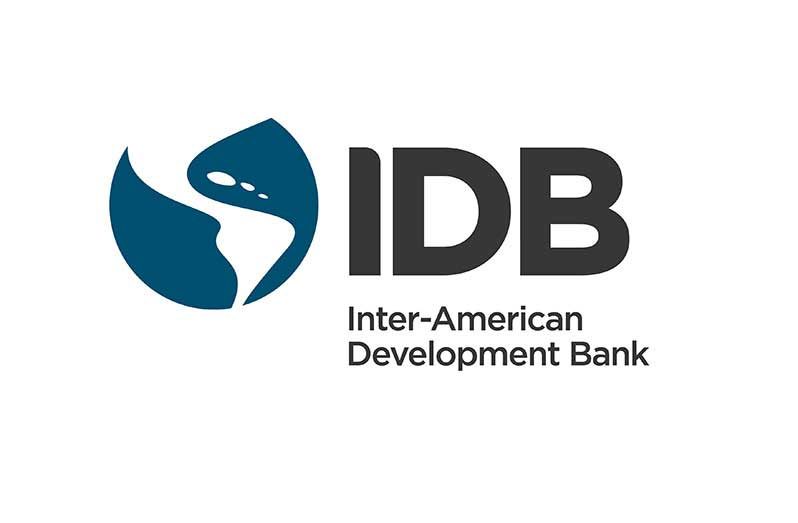–IDB resident representative says
THE Inter-American Development Bank’s (IDB) Country Representative in Guyana, Lorena Solorzano Salazar recently lauded the announcement by Guyanese authorities to mobilise a global alliance on biodiversity and craft a financing model for ecosystem services.
This bold move was disclosed by President, Dr. Irfaan Ali during the opening ceremony of the Caribbean Investment Forum that was held at the Arthur Chung Conference Centre from July 10 to 12.
The Energy Perspectives podcast, a programme powered by the Guyana Energy Conference and Supply Chain Expo, engaged the IDB representative at the forum regarding the president’s disclosure.
The official described Guyana as “a pioneer” in monetising its natural resources, as is the case with its forests. Driven by the Low Carbon Development Strategy LCDS), Hess Corporation and the Government of Guyana had signed a historic agreement in December 2022 where the American oil producer agreed to purchase high-quality carbon credits. Hess said it would pay a minimum of US$750 million between 2022 and 2032.
This multi-year agreement is for the purchase of 37.5 million high-quality REDD+ carbon credits (current and future issuance) that are independently verified to represent permanent and additional emissions reductions. REDD+ (reducing emissions from deforestation and degradation) is a global conservation mechanism created by the Conference of the Parties to the United Nations Framework Convention in support of the Paris Agreement. The agreement is one of the largest private-sector forest preservation agreements in the world.
The IDB official said she believes this successful carbon credits model demonstrates that Guyana “is very aware of climate change and the impact it has on the world…”
She added, “Having this mechanism (global alliance on biodiversity) allows the country to offer a market to support the decarbonisation of the more developed countries that do not have forests or wetlands. So I would say it is very positive.”
The IDB official reminded that Guyana was one of the first countries in the world to monetise the natural resources of the country, initially with Norway, and now it is part of the volunteer market in selling carbon credits. By using the success of carbon credits as a blueprint for biodiversity, the official said it is clearly a good opportunity and “Guyana is taking advantage of that…so that is good.”
The first phase of Guyana’s low carbon vision, where payments for forest climate services were to come from a bilateral partner, saw Guyana entering the Guyana-Norway Partnership in 2009. During the period 2009 to 2015, Guyana earned US$212.6 million dollars in payments for forest climate services from Norway, which reached US$220.8 million when investment income was included. These revenues were invested in renewable energy, protection against climate change, land titling, job creation and other priorities in the initial LCDS.
The 2009 model also paved the way for the expansion and modernisation of the document, now titled LCDS 2030.
STATUS OF GUYANA’S BIODIVERSITY
According to the LCDS 2030, Guyana holds extraordinary levels of biodiversity as it is situated in two of the world’s most biodiversity rich zones: The Amazon region and the Guiana Shield.
The country is home to more than 900 species of birds, 625 strictly freshwater fishes, 250 mammals, 250 amphibians, and 210 reptiles, for a grand total of at least 2,285 vertebrates.
In maps of global species diversity, Guyana occupies global hotspots for birds, mammals, and amphibians, as well as for freshwater organisms (mammals, amphibians, reptiles, fishes, crabs, and crayfish.
Nearly 100 of the vertebrate species known from Guyana occur nowhere else on Earth. These include:
• 75 endemic fish species, such as the armored catfish – Ancistrus Kellerae – known only from the Kuribrong River below Kaieteur Falls;
• 19 endemic amphibian species, such as the globally endangered Kaei Rock Frog, known only from the Maringma Tepui; and
• Four endemic reptile species, such as the lizard Pantepuisaurus Rodriguesi, likewise known only from the Maringma Tepui.




.jpg)









